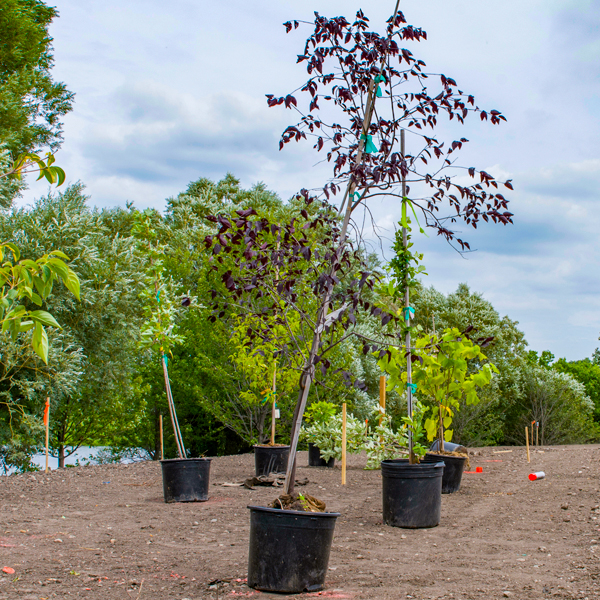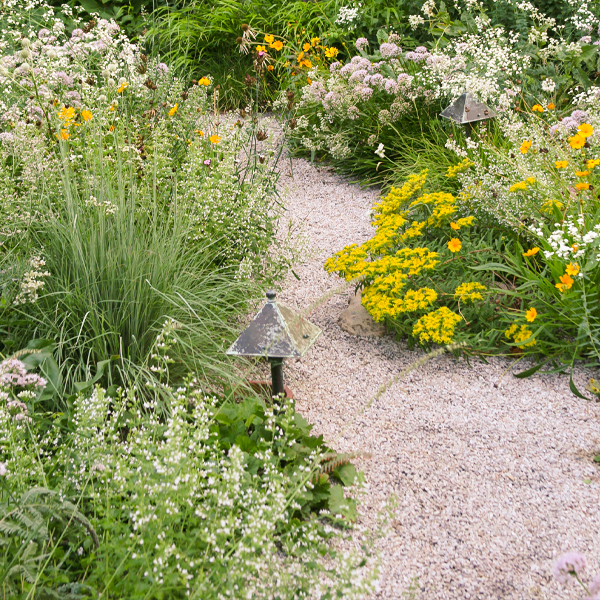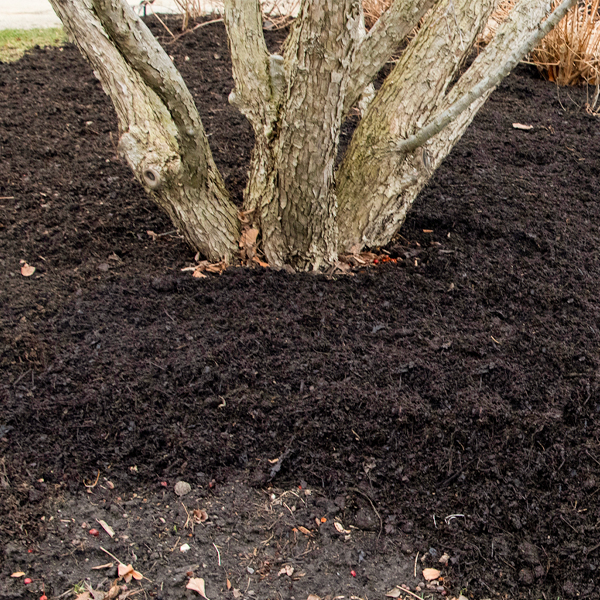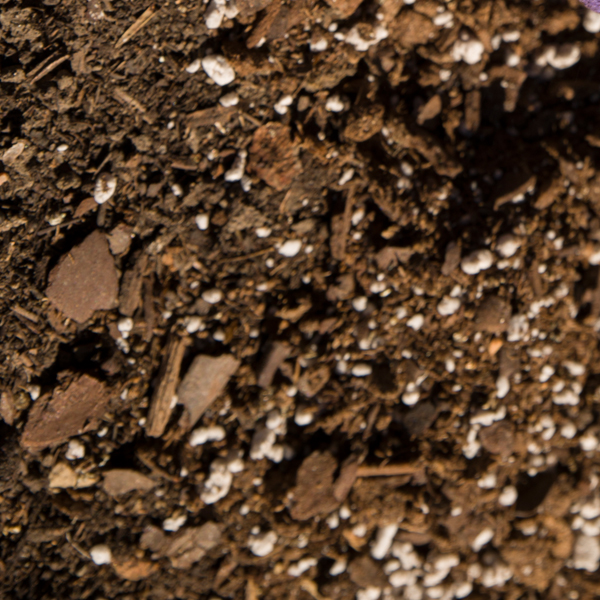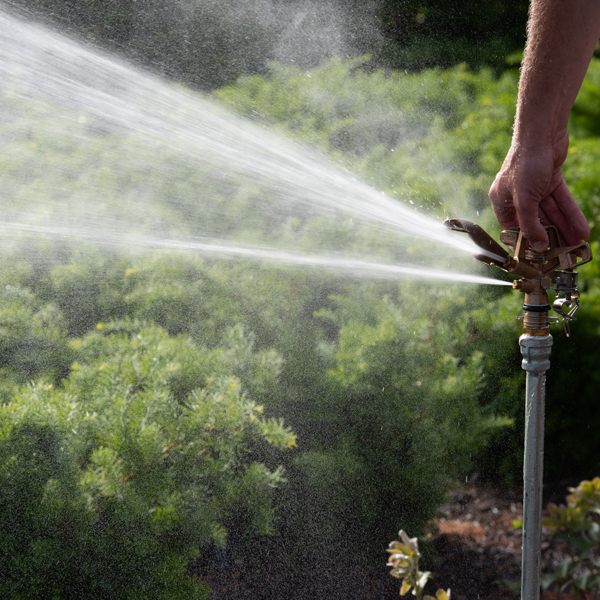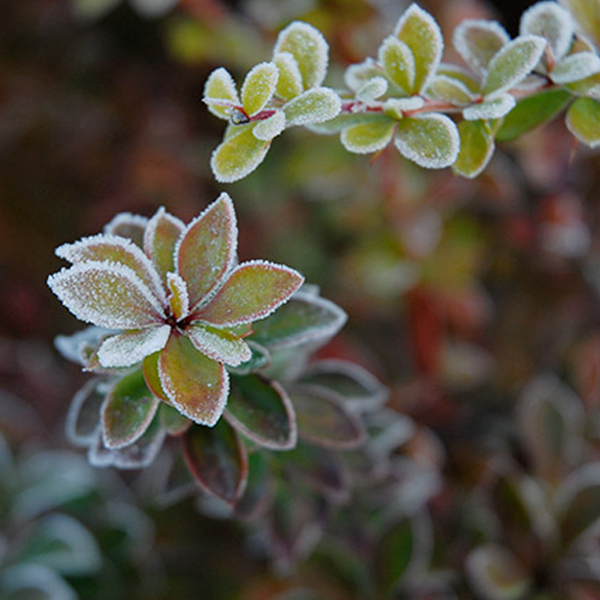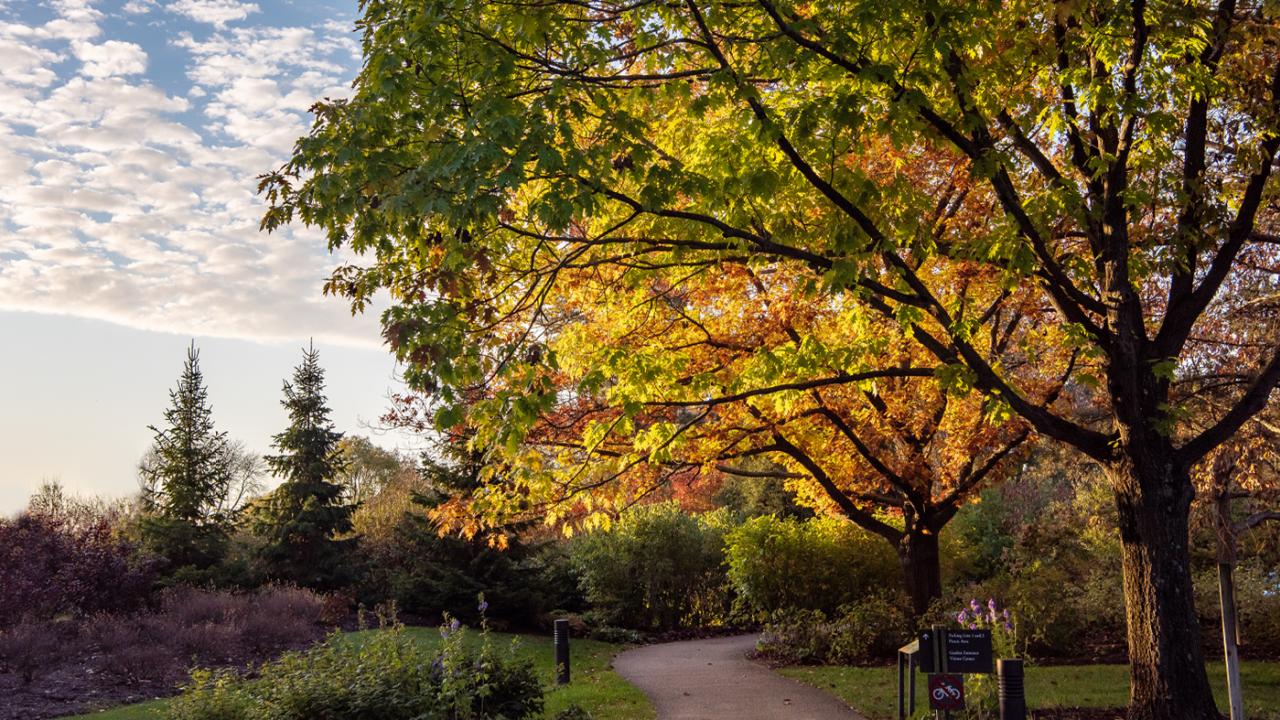

Learning from Mistakes
“Gardening is something you learn by doing—and by making mistakes. Like cooking, gardening is a constant process of experimentation, repeating the successes and throwing out the failures."
— Carol Stocker, American author
“If gardening is like cooking, let me just say that I’ve burnt dinner many times.”
— Nina Koziol, Smart Gardener author

Making mistakes in the garden is inevitable. But, as an educator, I chalk them up as life-long learning experiences. After gardening for more than four decades. I’ve discovered, hey, I’m still learning (and groaning). Because this summer I thought that more fertilizer would really make my containers pop. Those boxes and bottles of blue granules were in the garage. I’d bought them on sale years ago and they were still good. Why not use them up, I pondered? Well the plants in those containers did “pop”—the leaves of my beautiful blue-flowered salvias sent out a last gasp and quickly shriveled after a few days. Sigh. To mollify my misery I realized that I’m helping keep the green industry in business.
Whether you’re a newbie or an experienced pro—stuff happens. Here’s a look at some common mistakes—perhaps you can relate, and if not, you may just get an A+.
The Gift that Keeps on Giving (*&^#@!)
Has a fellow gardener offered to give you some “extra” plants? Beware and be warned. When a gardener has too much of something, it could be aggressive. I learned that the hard way when “someone” (name protected to avoid embarrassment) gave me a bag full of gooseneck loosestrife (Lysimachia clethroides) one summer eons ago. Drooping elegant stems covered with white starry flowers looked so nice. Not like a goose’s neck. More like a swan. A swan that multiplies like rabbits. I shed a few tears (and many unprintable words) as I dug out the rhizomes and thought, never again! Thanks, but no thanks.
Growing Pains
Young trees in small pots are often cute, even adorable. But like a kitten, puppy or baby raccoon, plants can soon outgrow their allotted space. Why did I ever plant a large panicle hydrangea right next to the shed’s doors where my spouse must battle branches as he pulls out the tractor? (I was in a hurry and I had the shovel.) Before you put that plant in the shopping cart, think carefully about where it’s going and whether there’s enough room for it to spread up and out—and whether your partner, spouse, children or neighbors might criticize your artistic planting. If you’re not sure about the plant’s ultimate size, a bunny or a wee little chick could be a better choice.
The Ever-Changing Climate
The weather—too hot, too cold, just right? It’s like Goldilocks and the Three Bears and their porridge. Just when we thought winters were becoming milder, Nature plunked down a polar vortex or two to show us who’s boss. Winter temperatures plummeted and even hardy plants suffered during those arctic blasts. It was bye-bye to my boxwoods, farewell to my fern-leaf Japanese maples. Choose hardy plants (or feel free to help support the green industry when you purchase replacements).
Have a Plan
After a long, dreary winter, garden centers tempt us with colorful annuals and perennials. I know, because when I come home with a carload, my spouse (with eyebrows raised) asks, “Where are those going?”(I’m never quite sure, but the answer always is the same—“In the garden…”) Before you shop, have a plan for what’s going into your pots, window boxes and borders. That should help tamp down the overwhelming feeling of what to buy and where to put it. And, it should help your budget. (Helpful hint: Never show your credit card bill with plant purchases to your significant other.)
Avoid the Volcano
My brakes get a work out, especially in spring and summer (also known as Let’s Mulch Everything Season). I like to stop frequently to observe and photograph unfortunate trees planted in parking lots, along medians and in parkways where their trunks wear a volcano of mulch. Oftentimes red mulch to add insult to injury. Mounding mulch around trees is a no-no and can lead to all sorts of problems. Piled several inches high against tree trunks, mulch promotes disease, encourages insects and offers mice and other rodents an opportunity to chew on the bark. That conical mound holds moisture. Over time, it can soften the bark and cause it to rot. Don’t try this at home. Visit a volcano in Iceland instead.
Know What’s Down There
There’s nothing worse than stepping on the scale at the doctor’s office. Well, maybe something worse is a blood test that indicates a diet of too many donuts, candy bars, bacon and the like. (Bacon candy is a great appetizer—just sayin’.) A soil test is akin to a blood test. If you don’t know what nutrients you lack, you may not know what to eat or whether you need vitamins to stay healthy. The same goes for soil tests. If you don’t know whether the soil has the right amount of minerals and organic matter to support your plants, they may not thrive where you place them.
I Forgot to Water
I like to eavesdrop at garden centers. When I hear people ask for “low maintenance” plants, my first thought is they probably need plastic or silk flowers. Artificial plants don’t need water, fertilizer or pruning. But they will need replacing when they fade. Plants are like babies—they need care and nurturing. Those annuals, perennials, shrubs and trees you planted need hydration throughout the growing season. That was certainly the case this summer when the area experienced several consecutive weeks of sunny, very hot weather and no rain. Plants transpire moisture and unless they’re watered, the moisture is not replaced from the soil. Result: plants and gardener get stressed out.
Jumping the Gun
This past April, temperatures in Chicago ranged from 39°F to 82°F, leading some gardeners (me, for example) to think it was safe to plant heat-loving annuals, herbs and vegetables. (Disclaimer: I know better.) The weather was unseasonably warm even into May, but some years that’s just not the case. Northern Illinois can experience frosts until mid-May. If you choose to take a chance and plant tender annuals, be ready to protect them. And to my neighbors, I apologize for yelling loudly to my spouse, “Where are the tarps and the cardboard boxes” on those cold spring nights.
Plant questions? We can help you at Plant Information Services.
Nina Koziol is a garden writer and horticulturist who lives and gardens in Palos Park, Illinois.


